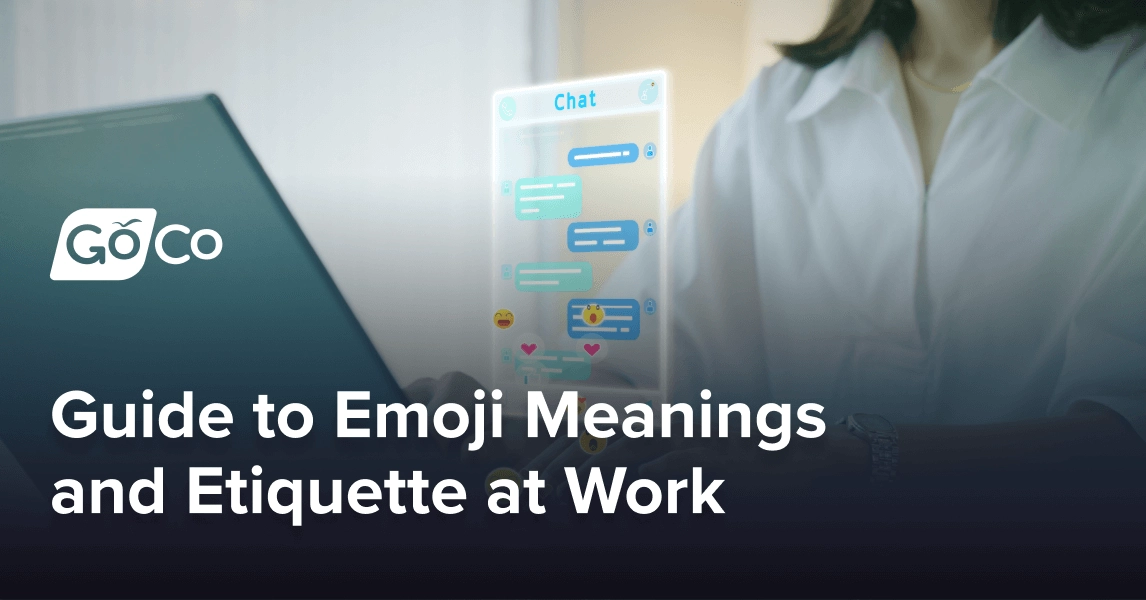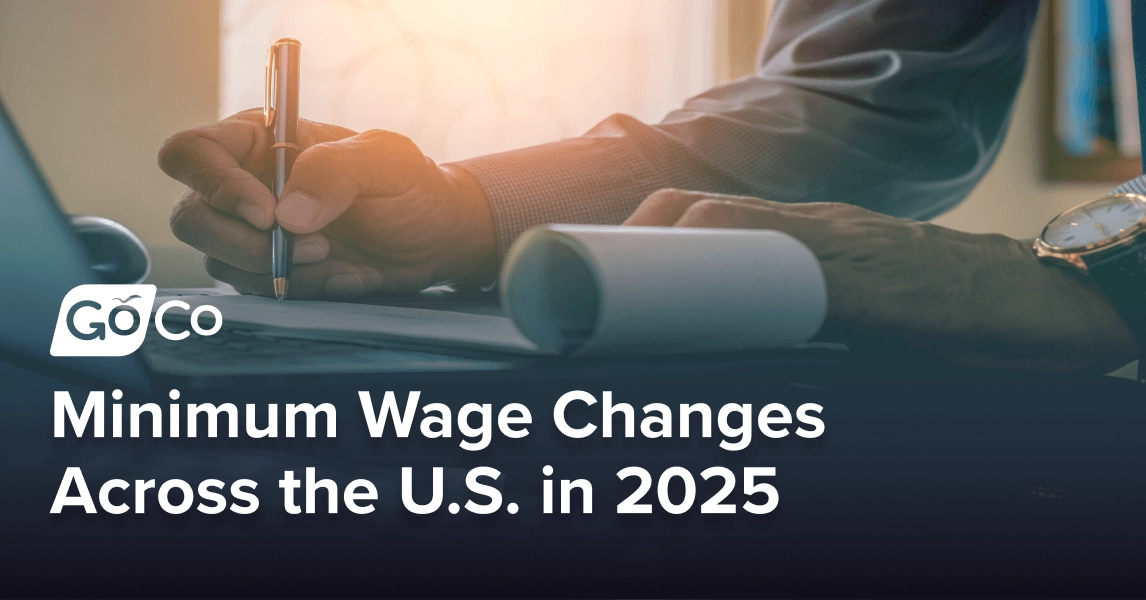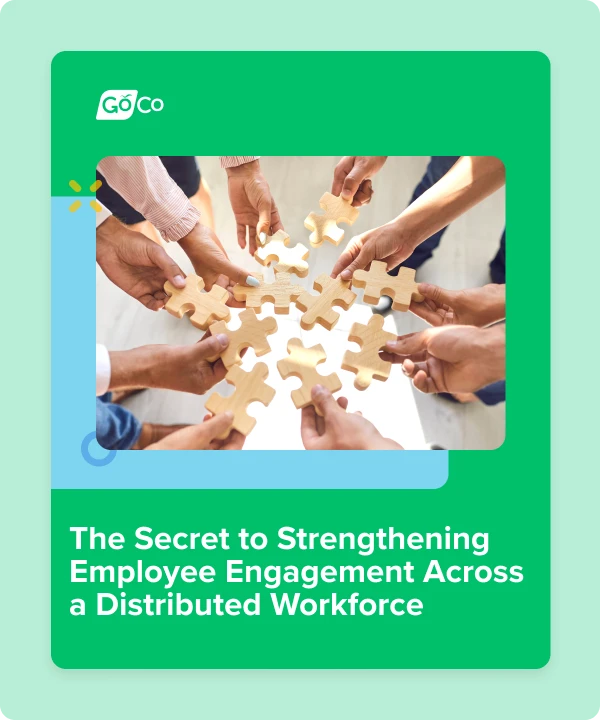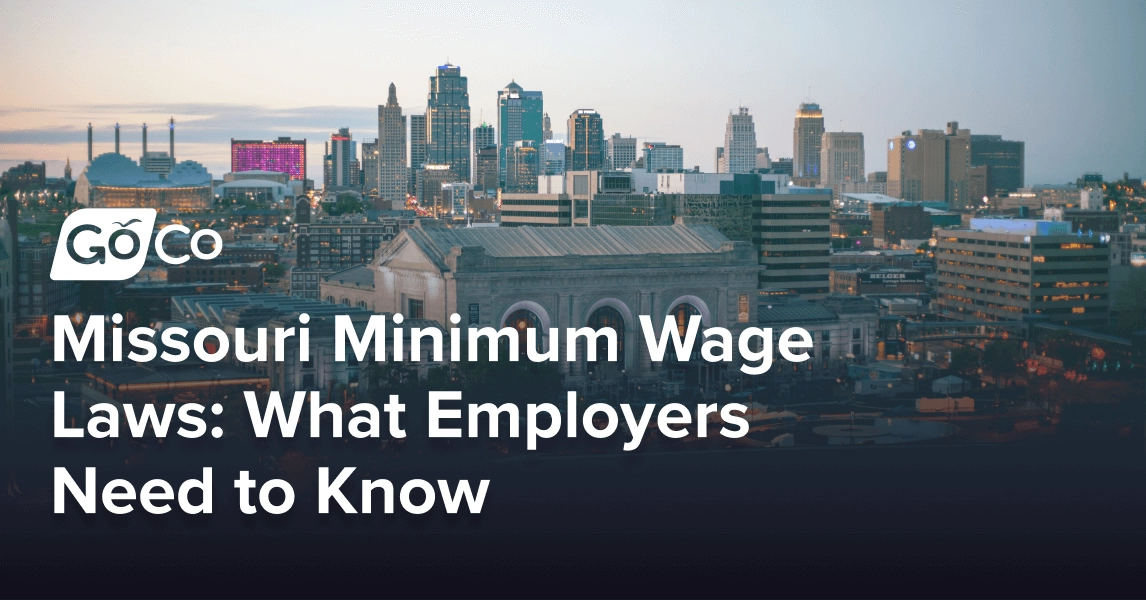Updates & Resources
Helpful tips, tricks, resources and product updates from the GoCo Team!

Subscribe to Beyond The Desk to get insights, important dates, and a healthy dose of HR fun straight to your inbox.
Subscribe hereRemote Hiring 101: Key Strategies to Attract and Retain the Best Candidates
Discover how to adapt your HR strategies to excel in remote hiring, attract top talent globally, and build a thriving distributed workforce in the age of remote work.
Spotlight

eBook
9 HR Strategies SMBs Should Embrace in 2024
We’ll delve into 9 key areas of HR management, offering practical insights and actionable strategies to help SMBs optimize their HR practices, enhance employee experience, and achieve their business goals in 2024 and beyond.
Webinars
eBooks
Blog Articles
Search...
Product
GoCo
Resources
Articles
eBooks
Webinars
Customer Stories












![Complete Guide to Nebraska Minimum Wage Laws [Updated]](/img/containers/assets/goco/featured_images/posts/nebraska1.png/14d2eafd5b8714a5000f6489fb71a9b9/nebraska1.webp)

